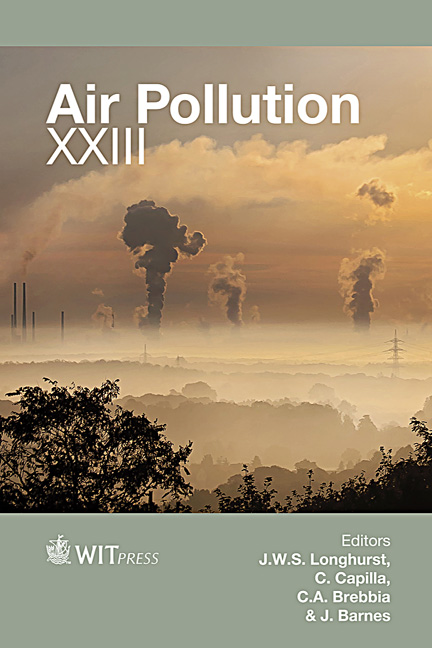Application Of Radial Basis Functions Compared To Neural Networks To Predict Air Pollution
Price
Free (open access)
Transaction
Volume
198
Pages
10
Page Range
41 - 50
Published
2015
Size
345 kb
Paper DOI
10.2495/AIR150041
Copyright
WIT Press
Author(s)
C. Capilla
Abstract
This paper studies the application of radial basis functions to predict nitrogen oxides 24 hours in advance. The forecast interval was chosen for practical regulatory reasons. The two study areas are in Valencia (Spain), where these pollutants have reached critical levels, and there has been a significant connection between them and several health problems. The models use nitrogen oxide concentrations, traffic, meteorological data, and periodic components (sine and cosine terms for the daily and weekly cycles) as hourly inputs. In one monitoring station the most accurate nitric oxide predictions were obtained when the radial basis function model included all these variables as inputs. In this site the forecast evaluation criteria gave better results for nitrogen dioxide prediction than for nitric oxide. In the other monitoring station, better predictions were obtained for nitric oxides than for nitrogen dioxide. There were differences in the forecasts accuracy between sites. The results are compared with the forecasts obtained with multilayer perceptron neural networks. Nitrogen dioxide predictions were more accurate with the multilayer perceptron approach at one of the sites.
Keywords
urban air quality, nitrogen oxides, neural networks, radial basis functions, multilayer perceptron





